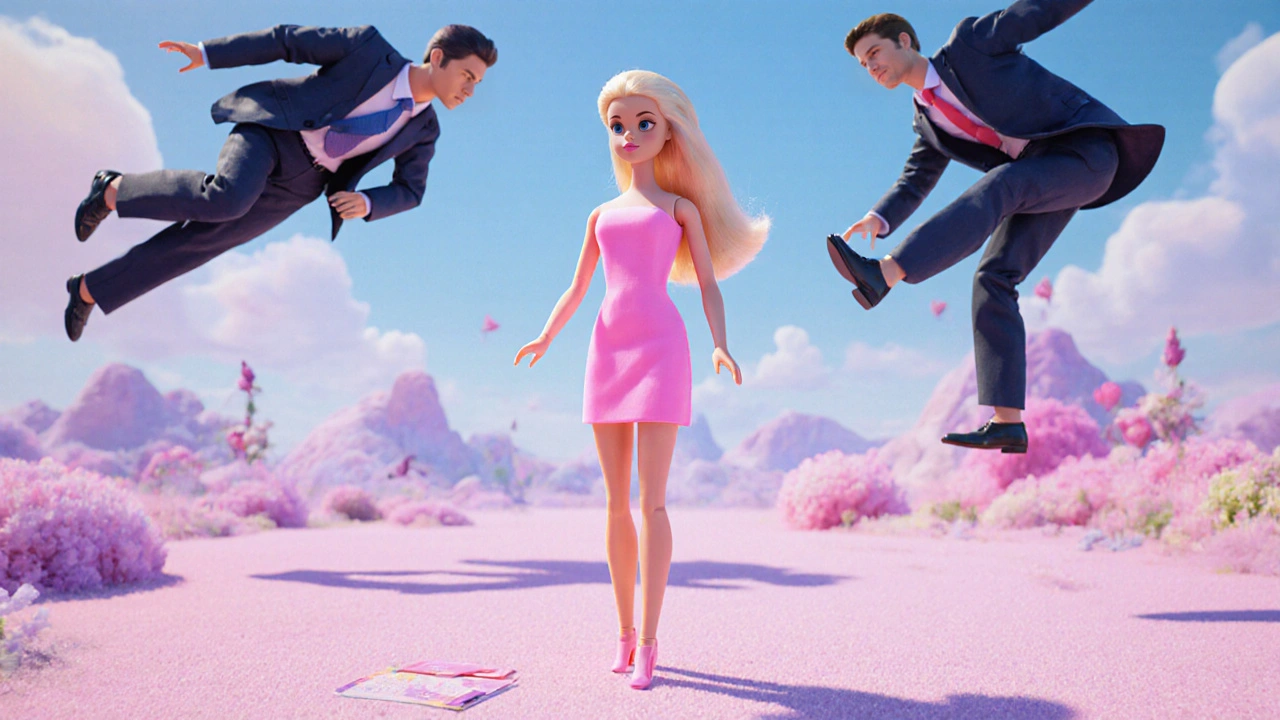Barbie Movie: Behind the Pink Phenomenon in Indie and Mainstream Cinema
When you think of the Barbie movie, a 2023 theatrical release directed by Greta Gerwig that turned a toy into a cultural moment. Also known as the Barbie film, it wasn’t just a marketing stunt—it was a sharp, self-aware satire that asked real questions about gender, perfection, and what we project onto icons. This isn’t your childhood doll on screen. It’s a mirror held up to modern society, wrapped in pink plastic and set to a pop soundtrack.
The Greta Gerwig, an acclaimed filmmaker known for blending intimate storytelling with bold cultural commentary. Also known as the director of Lady Bird and Little Women, she brought a rare mix of humor and heart to a property many thought was too commercial to be meaningful. She didn’t ignore the brand—she used it. The Mattel, the toy company behind Barbie since 1959, and the entity that controlled the film’s creative direction. Also known as the original rights holder, it gave Gerwig surprising freedom, knowing this could be more than a commercial—it could be a conversation starter. That’s why the movie worked: it didn’t just sell dolls. It made people rethink them. And that’s exactly the kind of tension indie film festivals like Scruffy City love—when a mainstream product becomes a vehicle for deeper ideas.
People talked about the feminist cinema, a growing movement in film that centers women’s experiences, critiques patriarchal structures, and reclaims female narratives. Also known as women-led storytelling, it’s not just about who’s on screen—it’s about who’s behind the camera, writing the lines, and deciding what matters. The Barbie movie didn’t just check boxes. It asked: What if the perfect woman realized she’s not real? What if the world built around her started to crack? That’s not kid’s stuff. That’s film theory in action.
And that’s why you’ll find threads of this movie in the posts below. We’ve got deep dives into how toys become symbols, how pop culture reflects our fears, and how even the most commercial projects can carry radical ideas. You’ll see how visual language, sound design, and emotional truth turn a toy ad into a cinematic experience. Whether you loved it, hated it, or just don’t get the hype—you’ll find something here that makes you think again.
From Pretty Woman's rescued sex worker to Barbie's feminist revolutionary, romantic comedy heroines have evolved from passive figures to active changemakers - reflecting real shifts in how women see themselves and are seen.
View More

